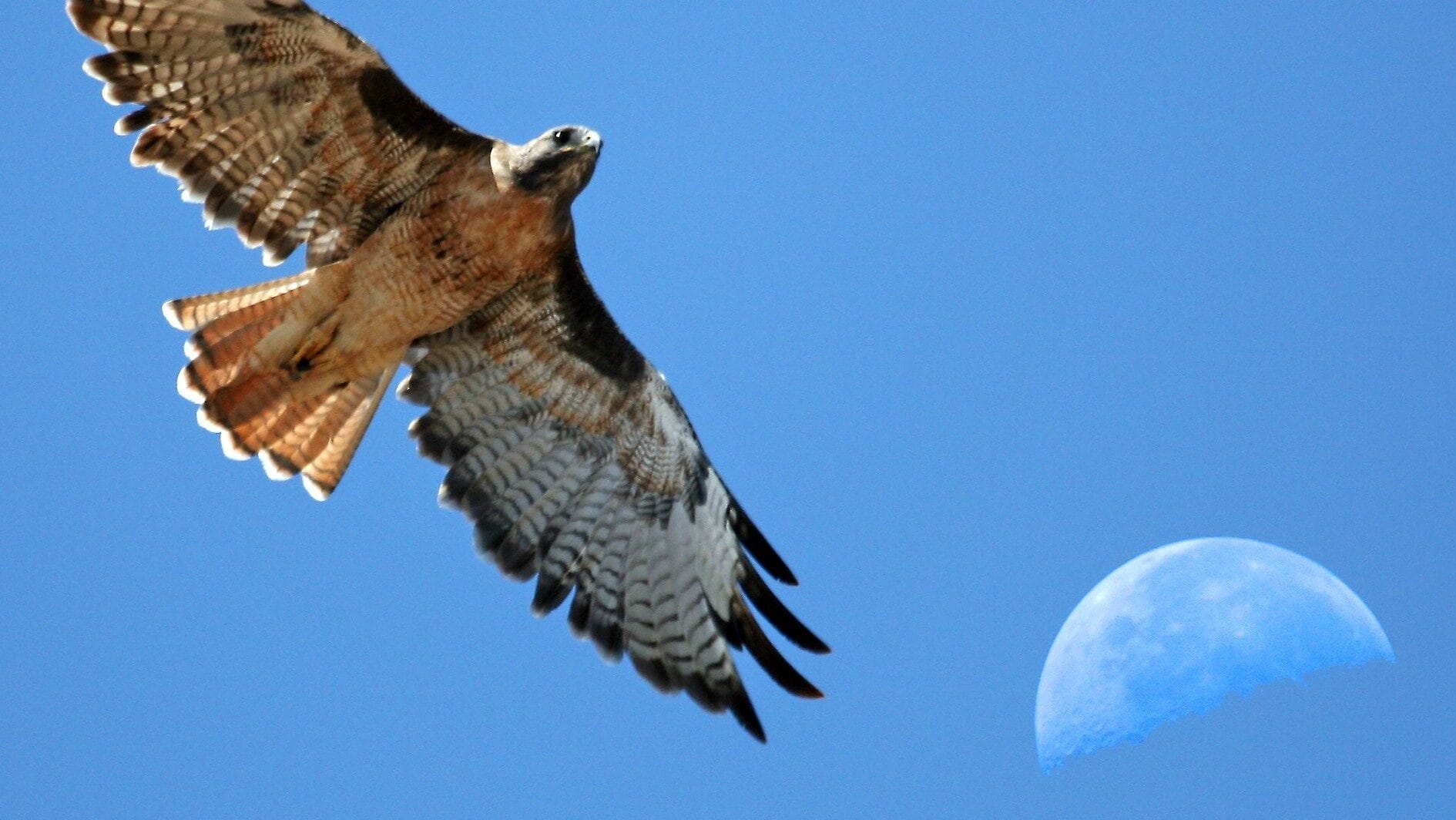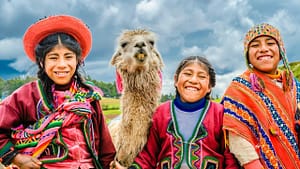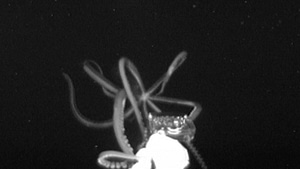If you’re welcoming wonder and inspiration in your life these days, you need to look no further than, well… up.
We’ve all heard about the large animal migrations over land. Yet every year, one of the most epic migrations on earth is flying right over our heads—literally—in North and South America. And this migration can give us clues on how we (humans) are managing the planet along the whole route!
So, let’s dive into this a little more and meet the people tirelessly keeping track of it all. You definitely don’t want to miss the gorgeous video we are pointing you to; it will leave your head in the clouds.

In a world where everyone is looking down, most of us are unaware of a magnificent event happening just overhead in North and South America. Raptors (birds of prey) are doing a lot more than just merely looking majestic and being an iconic symbol of liberty.
These animals have been traveling the same route for hundreds of thousands of years, so when their behaviors and populations begin to change, it indicates to us that other parts of the world are changing as well.
“When you see a golden eagle, a Cooper’s hawk, and a goshawk all in the same patch of sky, you can infer a lot about the health and well being of a huge swath of wilderness.”
In the beautiful video below, they note that at one spot in their migratory path in Argentina, a chemical wiped out cricket populations, which they were then able to connect to the perplexing decrease of the Swainson’s Hawk.
The lives of animals cannot be protected from certain threats by borders.
That may seem like an obvious statement but just think about it for a moment. Nothing on earth exists in isolation. Every moving part is connected on many levels.
This giant migration travels throughout North America, into South America, then back again. So whatever’s happening in one area of that migratory path can affect the other parts. Whether that’s the chemicals being used on crops, or the populations of other animals growing out of control or dying off completely—we simply don’t have control over what’s happening where we are not able to go.
But these raptors can give us all an indication of the health of other areas of the world, we just need to pay attention.
So without further ado, let’s meet some of the researchers at HawkWatch International who are working to track these fascinating raptors on their migrations and learn more about their behaviors. The ways these powerful birds interact is something truly awe-inspiring. See what you think:
Aren’t they amazing? It’s not every day that you get to look into the eyes of a Golden Eagle! (And one of the benefits of a video like this is that you don’t have to deal with those fierce, long talons.)
But what if you do want to get up close and personal with them?
Well if you live in areas where raptor populations exist, there’s most likely a program that would welcome you to visit some of these magnificent birds of prey. For example, the Vermont Institute of Natural Science near our office! They have wonderful education programs and resources available alongside their fantastic wild bird rehabilitation program. A quick Google search should help you find a place near you!
The Hawk Migration Association of North America is also a wonderful resource for finding a hawkwatch site in your area.
So… what does this have to do with us?
In the simplest terms: the more people know about this migration and what it indicates, the healthier we all will be. As we’ve seen with decreases in populations with other animals, like the wolves in Yellowstone National Park, the entire ecosystem changes and struggles to be healthy in their absence. So when we’re studying creatures who survive off of other creatures, we get a great indication as to how those populations are doing as well.
Truthfully, there’s a balance to everything and we can feel it when it’s thrown off.
Thank you to all of the stewards keeping track and taking care of these amazing animals.
By collecting data on what the raptors are up to, we’re not only learning more about these species but how the health of our planet is holding up. This is more important than ever as we head into the changes the next decade is sure to bring.
Visit HawkWatch International’s site to learn more about the journey these raptors take and how you can see these beautiful creatures yourself! You can also follow along with HawkWatch international through Facebook, Instagram, and Twitter.
Meet even more raptors!
Although this specific migration can only be seen around North and South America, there are raptors living all around the world!
A little fun fact courtesy of a piece from the University of Missouri, “the word ‘raptor’ means ‘to seize or grasp’ in Latin. [They] use their powerful, sharp talons to capture their prey and to defend themselves … Eagles, hawks, kites, falcons, and owls are all considered raptors.” 2
So with this information in tow, I urge you to get to know the silent Snowy Owl and the speedy Peregrine Falcon in these articles!
Oh! I almost forgot to mention. One of our all-time favorite creators, Great Big Story, has recently come out with an amazing new series! It’s called Mission Wild, and they’re traveling across the United States to meet the next generation of conservationists. And they came out with their own profile on HawkWatch that gives us another look at this fantastic organization. Head on over to their channel to take a look!
Stay open to new possibilities! You never know what’s flying just over your head.
- Sam
“No problem can be solved from the same level of consciousness that created it.”—Albert Einstein

Don’t miss out on a single article!
Enjoy unlimited access to over 500 articles & podcast that give you a positive perspective on the state of the world and show you practical ways you can help.
Notes:
- “REI Presents: Sky Migrations.” Vimeo, REI, 8 Oct. 2018, vimeo.com/293979559. Accessed 7 Nov. 2018. ↩
- “Chemical and Biochemical Evaluation of Swainson’s Hawk Mortalities in Argentina.” ACS Publications, 1 Nov. 2000, pubs.acs.org/doi/abs/10.1021/bk-2001-0771.ch021. Accessed 7 Nov. 2018. ↩








